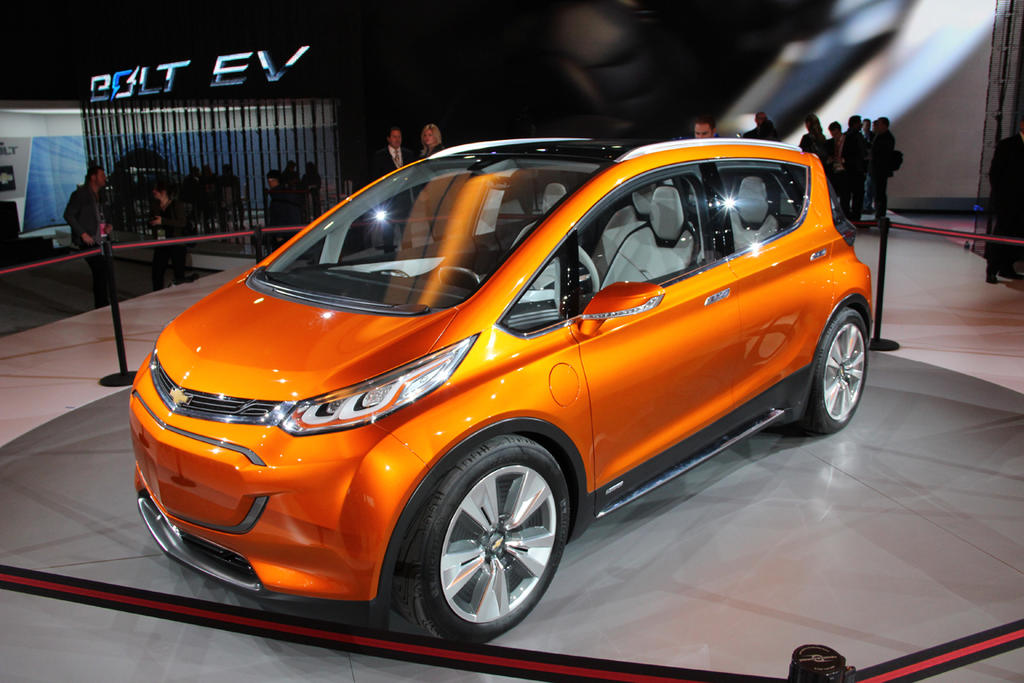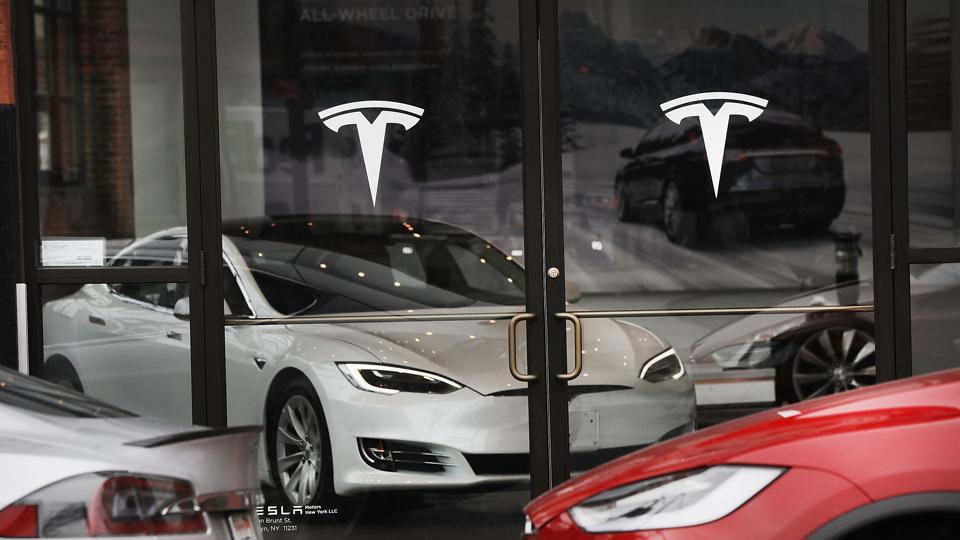

News
Tesla vs The Big Three – An uneven contest
Elon Musk has said many times that his ultimate goal is to increase the adoption of electric vehicles, a goal that’s advanced with every EV that rolls off a dealer’s lot, even if it’s not a Tesla. “The biggest impact that Tesla will have is not the cars that we make ourselves, but the fact that we show that you can make compelling electric cars that people want to buy,” he said in Revenge of the Electric Car.
When it comes to making compelling electric cars, the company has succeeded spectacularly. But when it comes to inspiring the industry leaders to sell their own EVs in substantial numbers, that isn’t happening. Spokesmen for the major automakers (especially when speaking to the EV media) say things like, “the future is electric,” and “we intend to stay at the forefront of technology,” but when it comes to action, the playbook is: sell just enough EVs to satisfy government regulators, while keeping the focus on profitable trucks and SUVs.
A recent article in CleanTechnica takes a look at the lineup of plug-in models offered by the Big Three (Ford, GM, and Fiat Chrysler). The current roster consists of 3 pure electric vehicles (EVs) and 5 plug-in hybrids (PHEVs). Of the 3 EVs, only one, the Chevy Bolt, is truly an attractive option. The Fiat 500e is a compliance car that’s only available in two states, and Fiat Chrysler CEO Sergio Marchionne has asked the public not to buy it. The Ford Focus EV was introduced in 2011, and not updated until 2015 – it sold a grand total of 901 units in 2016.
However, the handwriting is on the garage wall. Plug-in vehicle sales have increased every month for the last 20 months, Tesla’s Model 3 has accumulated somewhere around 400,000 advance orders sight unseen, and battery prices are falling rapidly – several industry observers have predicted that EVs will reach cost parity with legacy vehicles in about 5 years. So, is Detroit raising its game, and preparing to expand its portfolio of electric models?

Fiat 500e [Credit: Car and Driver]
Well, sort of. In January, Ford announced that it plans to introduce 13 new electrified vehicles over the next five years. However, it offered specifics for only 7, and only one of these is an electric vehicle for the US market: “an all-new fully electric small SUV, coming by 2020, engineered to deliver an estimated range of at least 300 miles.” The other 6 include hybrids and an electric commercial van to be sold in Europe.
Ford representatives have made it clear that the company will be taking a gradual, go-slow approach to electrification. CleanTechnica’s Loren McDonald spoke with Brett Hinds, Ford’s Chief Engineer of Electrified Powertrain Systems, in early January, and was left with the impression that the automaker feels little urgency about upgrading its electric vehicles. When McDonald mentioned that industry experts expect EV ranges to increase to 300 miles in 5-7 years, and that battery charging rates are also expected to improve, he was told that “Ford just doesn’t see it that way.” (Yes, this directly contradicts Ford’s official announcement quoted above – the major automakers often make contradictory statements about their electrification plans.)
More recently, Ford replaced CEO Mark Fields with Jim Hackett, the head of its Smart Mobility division, a move that is believed to signal more emphasis on electric and autonomous vehicles. Ford Executive Chairman Bill Ford confirmed this, telling Bloomberg in an interview that the CEO switch “is about EVs, and it’s about AVs [autonomous vehicles].” However, he seemed to acknowledge that the focus would remain on short-term profits (read: trucks). “Wherever we go, we have to make sure that the returns are great for our shareholders,” said Ford. When asked if he could foresee a future in which EVs would generate the kind of margins the company makes on the F-150 pickup, he thought silently for a moment, then changed the subject.
The voltage level is much higher over at GM, where the new Chevy Bolt has been earning rave reviews, and making respectable sales – it moved 1,566 units in May, #5 in the US plug-in ranking. However, the rollout has been slow – the Bolt went on sale in December 2016, but it still isn’t available in all 50 states.
“I wouldn’t necessarily call it a slow rollout; it was a phased rollout,” Chevrolet spokesman Jim Cain told Bloomberg. “In terms of sales, I think we’re right on plan.” And that’s kind of the point. As Elon Musk and others have pointed out, GM doesn’t seem to have any desire to sell the Bolt in mass-market quantities – it’s likely to limit production to 25,000 or so per year.
Ironically, the considerable media buzz around the Bolt seemed to disappear as soon as it actually went on the market. “The little car hasn’t captured any of Tesla’s Silicon Valley street cred, and it hasn’t whipped up any of the cultish following that still benefits the Toyota Prius,” writes Bloomberg’s Kyle Stock.
GM’s future electrification plans are vague. In February, GM CEO Mary Barra told CNET’s RoadShow that the Bolt platform will be the basis for a range of future EVs, but no details have been forthcoming.
And then there is Fiat Chrysler, the only automaker that has always been honest about its lack of interest in EVs. CEO Sergio Marchionne has said that the company loses about $14,000 on each unit of its Fiat 500e, and famously asked consumers not to buy it. The little electric runabout has garnered excellent reviews, can be leased for as little as $100 a month, and has been selling a surprising 600 or 700 per month, despite being available only in California and Oregon. Chrysler recently launched a plug-in hybrid version of its extremely popular Pacifica minivan, but it’s too early to tell how it will do.
One glaring problem is that the Big Three continue to put out lackluster designs for their electric cars. Diarmuid O’Connell, Tesla’s vice president of business development had said, “In essence, they’ve delivered little more than appliances. Now, appliances are useful. But… they tend to be unemotional.” Tesla’s CEO, Elon Musk, goes one step further, pointing out that an electric car shouldn’t “feel like a weird-mobile.”
On the other hand, the issue with the majors’ plug-in models has never been quality – almost all who’ve driven them, including this writer, agree that they are excellent automobiles. What remains puzzling is the companies’ willingness to market them. The automakers do almost no advertising for them, and most (not all) of their dealers do their utmost to steer customers away from them. Meanwhile, the companies continue to lobby to have fuel economy and emissions standards watered down.
A recent article in Plug-in Future, “How the Major Global Automobile Manufacturers Fell Asleep at the Wheel” notes a cling-to-the-past cultural dynamic. “Part of it comes down to mentality and culture. Senior executives in automobile companies tend to be [oftentimes] male mechanical engineers who… [enjoy] tinkering around with old cars and tractors. It’s what they do; it’s what they love and their careers have been about perfecting the highly complex internal combustion engine. And now you are telling them to get rid of that engine and replace it with a simple electric drive and a battery to power it. No wonder they are resistant… Changing such a culture is very difficult.”
So what gives? Is it short-sightedness? Fear of the future? Plain old stupidity? Not likely. Sure, they might be stuck in their ways but we’re talking about highly informed veterans of the auto business, who have access to all the same articles, statistics and reports that you and I do (much more, actually).
What’s really happening here is a phenomenon called The Innovator’s Dilemma (the title of a 1997 book by Clayton Christensen, and yes, I believe most auto industry execs have read it). Incumbent corporations can’t keep up with disruptive technological changes, because their shareholders demand quarterly profits. They can experiment with new technologies, but they can’t pursue them whole-heartedly, because that would mean cannibalizing their proven profit centers (to sell an electric car, you have to explain why it’s better than a gas car). Once a new technology improves to the point that it can offer similar capabilities (range, charging time) to the old at a similar price, the incumbents’ market can disappear surprisingly quickly – remember Kodak, Blockbuster, and Blackberry.
by Charles Morris
This story was originally published on EVANNEX

Elon Musk
Elon Musk’s xAI gains first access to Saudi supercluster with 600k Nvidia GPUs
The facility will deploy roughly 600,000 Nvidia GPUs, making it one of the world’s most notable superclusters.
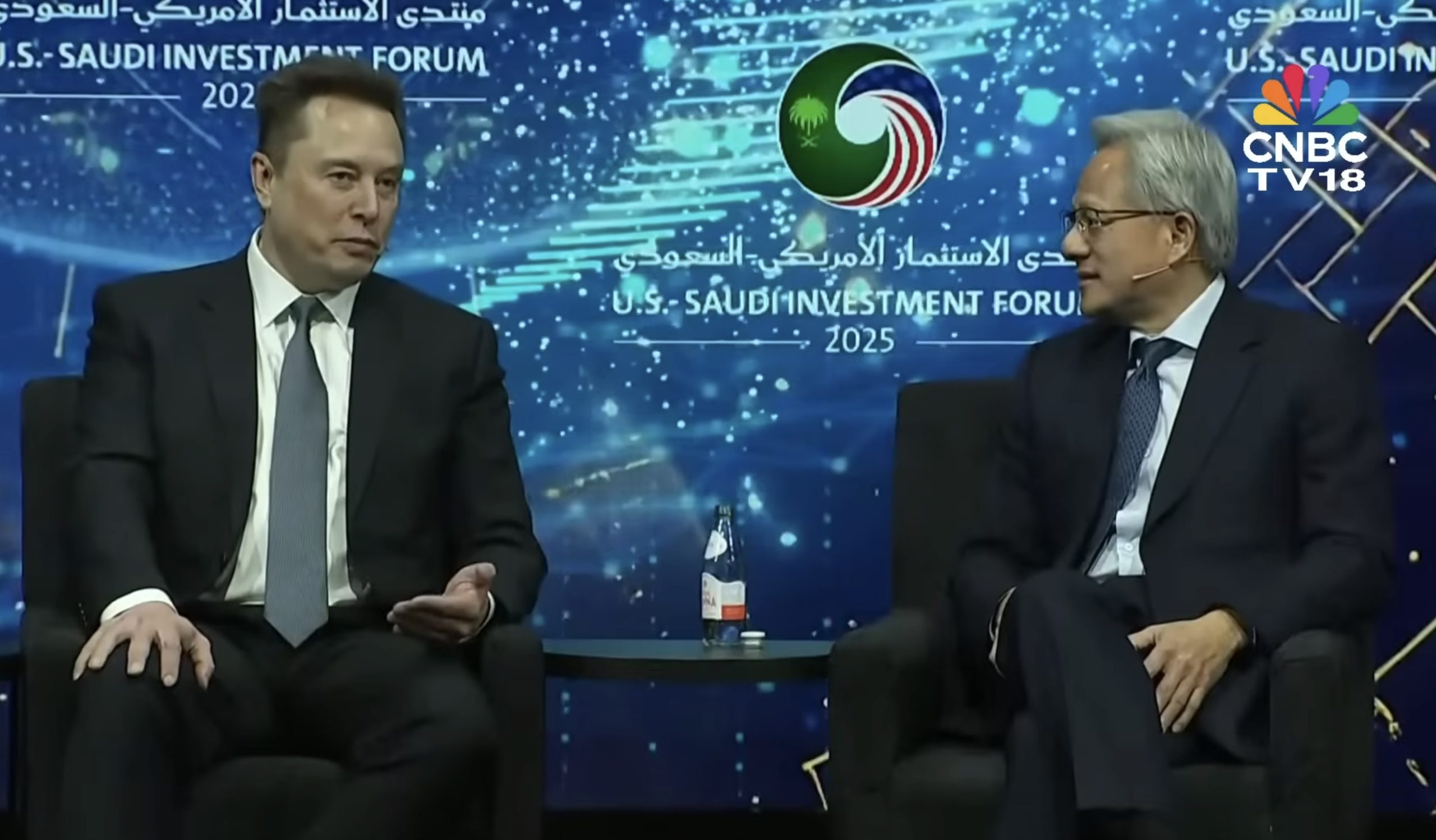
A Saudi-backed developer is moving forward with one of the world’s largest AI data centers, and Elon Musk’s xAI will be its first customer. The project, unveiled at the U.S.–Saudi Investment Forum in Washington, D.C., is being built by Humain, a company supported by Saudi Arabia’s Public Investment Fund.
The facility will deploy roughly 600,000 Nvidia GPUs, making it one of the world’s most notable superclusters.
xAI secures priority access
Nvidia CEO Jensen Huang stated that the planned data center marks a major leap not just for the region but for the global AI ecosystem as a whole. Huang joked about the sheer capacity of the build, emphasizing how unusual it is for a startup to receive infrastructure of such magnitude. The facility is designed to deliver 500 megawatts of Nvidia GPU power, placing it among the world’s largest AI-focused installations, as noted in a Benzinga report.
“We worked together to get this company started and off the ground and just got an incredible customer with Elon. Could you imagine a startup company, approximately $0 billion in revenues, now going to build a data center for Elon? 500 megawatts is gigantic. This company is off the charts right away,” Huang said.
Global Chipmakers Join Multi-Vendor Buildout To Enhance Compute Diversity
While Nvidia GPUs serve as the backbone of the first phase, Humain is preparing a diversified hardware stack. AMD will supply its Instinct MI450 accelerators, which could draw up to 1 gigawatt of power by 2030 as deployments ramp. Qualcomm will also contribute AI200 and AI250 data center processors, accounting for an additional 200 megawatts of compute capacity. Cisco will support the networking and infrastructure layer, helping knit the multi-chip architecture together.
Apart from confirming that xAI will be the upcoming supercluster’s first customer, Musk also joked about the rapid scaling needed to train increasingly large AI models. He joked that a theoretical expansion one thousand times larger of the upcoming supercluster “would be 8 bazillion, trillion dollars,” highlighting the playful exaggeration he often brings to discussions around extreme compute demand.
Elon Musk
Elon Musk debunks pay package and lip reader claims in double takedown
Musk’s quick debunks highlighted once more that X is an ideal platform for directly countering misinformation.
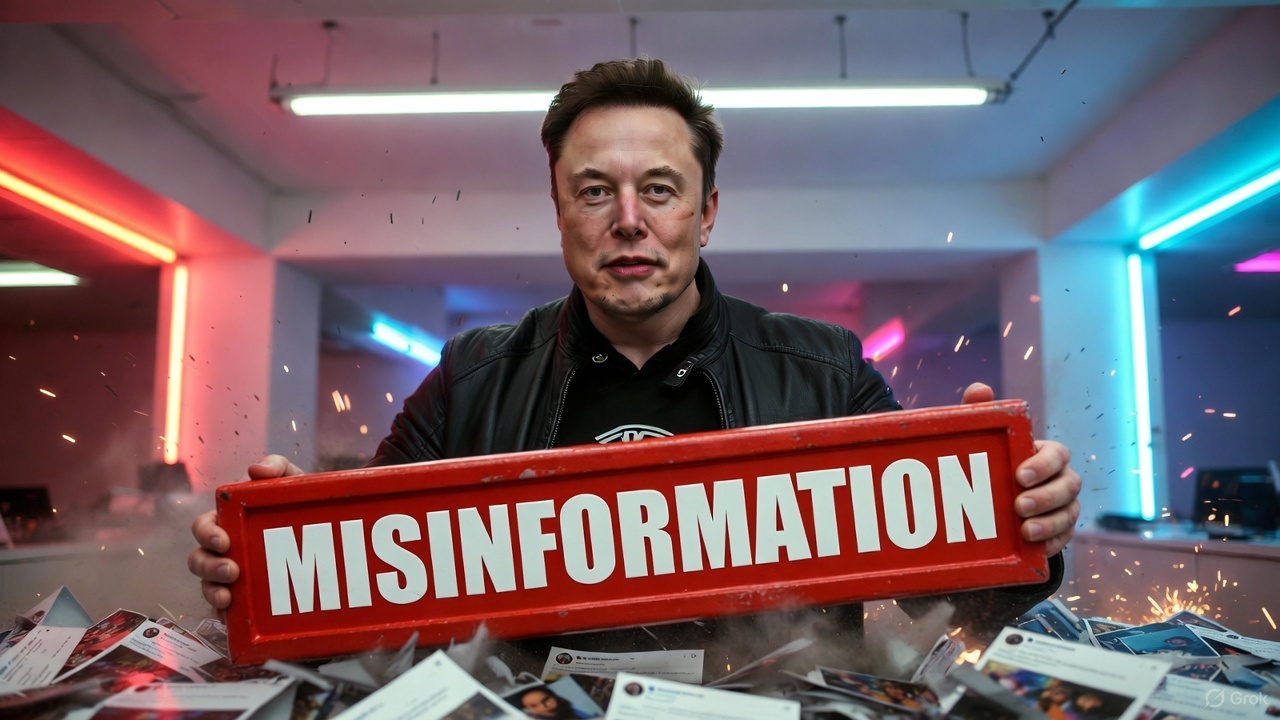
Elon Musk recently took to X to debunk some misinformation about his 2025 CEO performance award, as well as some comments he made during Donald Trump’s banquet in honor of Saudi Prince Mohammed bin Salman.
Musk’s quick debunks highlighted once more that X is an ideal platform for directly countering misinformation.
Musk’s pay package
Elon Musk’s 2025 CEO performance award was created as a path for him to gain a 25% stake in Tesla. It would also make him a trillionaire, provided that he manages to meet all of the performance award’s aggressive targets. This has not stopped critics from running with the apparent narrative that Musk will be getting the $1 trillion with utmost certainty, however.
This included the More Perfect Union account on X, which noted that “Elon Musk is set to make more than every U.S. elementary school teacher combined, according to the Washington Post.”
Musk responded to the pro-union amount’s post, highlighting that he has not earned any of his $2025 performance award so far. Musk also noted that those who believe he will be getting $1 trillion should invest in TSLA stock, as his compensation is tied to the company’s performance and growth. Investors who hold their TSLA until Musk achieves his full pay package would likely get notable returns.
Lip reader fail
Musk also debunked claims from the Daily Mail, which claimed that he made an “explosive” remark at Trump’s banquet for Saudi Prince Mohammed bin Salman. Citing observations from lip reader Nicola Hickling, the Mail claimed that Musk asked Pfizer CEO Albert Bourla, “What is your opinion, is he a terrorist?” The publication also posted a video of Musk allegedly making the risqué comment on X.
Musk proceeded to correct the publication, stating that the lip reader’s observations were fake. Instead of asking the Pfizer CEO if the Saudi Prince was a terrorist, Musk noted that he was asking the executive about cancer medicine. “False, I was asking about upcoming cancer drugs,” Musk wrote in a response on X.
Musk’s comments resulted in numerous critical responses to the Mail’s video, with some X users joking that the lip reader who analyzed the clip should probably get a visual acuity test, or a better training course on lip reading at least.
News
Tesla Diner to transition to full-service restaurant as Chef heads for new venture
“I am leaving the Tesla Diner project to focus on the opening of Mish, my long-desired Jewish deli. Projects like Mish and the Tesla Diner require a sharpness of focus and attention, and my focus and attention is now squarely on Mish.”
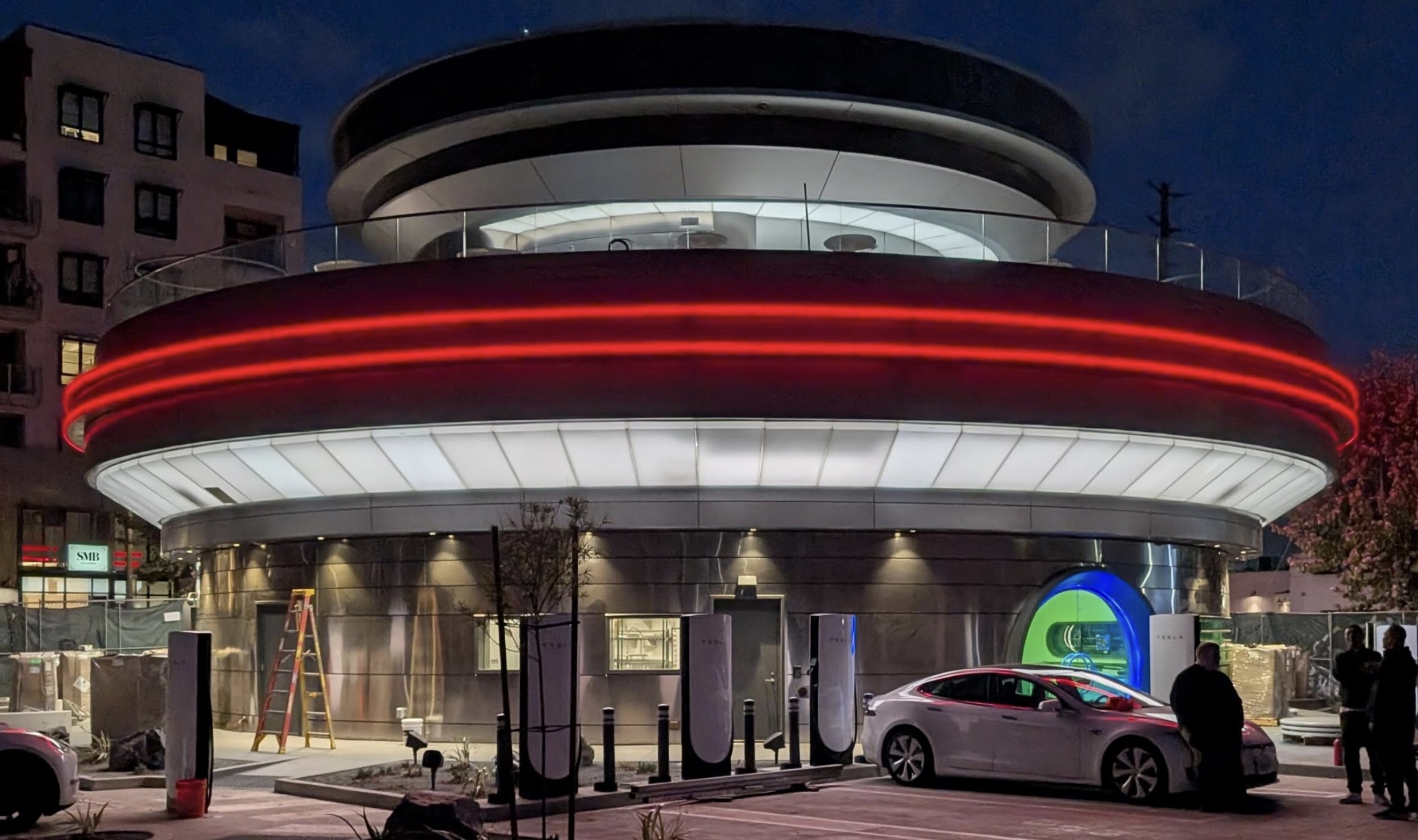
Tesla Diner, the all-in-one Supercharging and dining experience located in Los Angeles, will transition to a full-service restaurant in January, staff said, as Chef Eric Greenspan said he would take on a new project.
A report from the Los Angeles Times says Greenspan confirmed through a text that he would leave the Diner and focus on the opening of his new Jewish deli, Mish.
Greenspan confirmed to the paper:
“I am leaving the Tesla Diner project to focus on the opening of Mish, my long-desired Jewish deli. Projects like Mish and the Tesla Diner require a sharpness of focus and attention, and my focus and attention is now squarely on Mish.”
Greenspan took on the job at the Tesla Diner and curated the menu back in March, focusing on locally-sourced ingredients and items that would play on various company products, like Cybertruck-shaped boxes that hold burgers.
Tesla Cybertruck leftovers are the main course at the Supercharger Diner
The Tesla Diner has operated as somewhat of a self-serve establishment, where Tesla owners can order directly from their vehicles through the center touchscreen. It was not exclusive to Tesla owners. Guests could also enter and order at a counter, and pick up their food, before sitting at a booth or table.
However, the report indicates Tesla is planning to push it toward a sit-down restaurant, full of waiters, waitresses, and servers, all of which will come to a table after you are seated, take your order, and serve your food.
It will be more of a full-featured restaurant experience moving forward, which is an interesting move from the company, but it also sounds as if it could be testing for an expansion.
We know that Tesla is already considering expanding locations, as it will be heading to new areas of the country. CEO Elon Musk has said that Tesla will be considering locations in Palo Alto near the company’s Engineering HQ, and in Austin, where its HQ and Gigafactory Texas are located.
Musk said that the Diner has been very successful in its first few months of operation.
